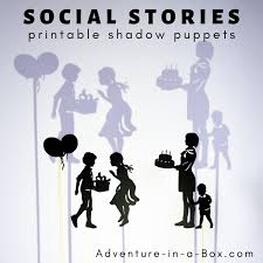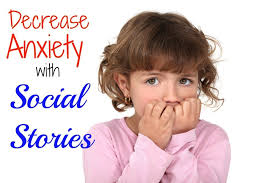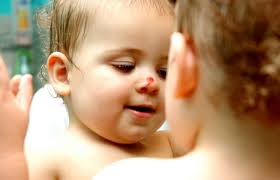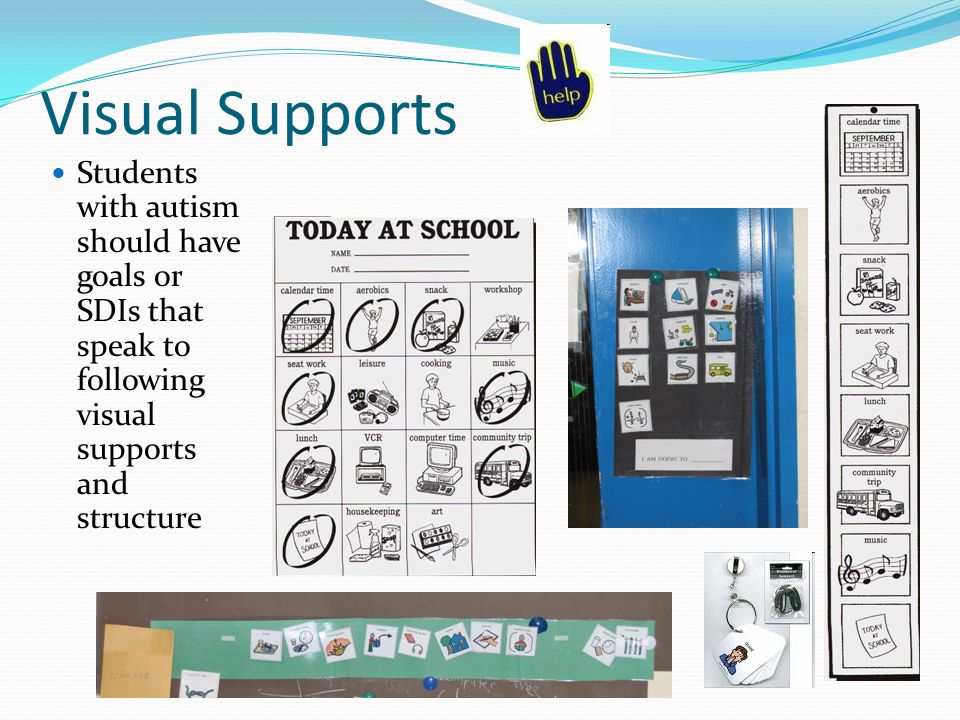Parents often must wait days, weeks, and even months for assessments or doctor appointments. During this stressful time, it's good to feel that you are actively helping your child. This can become an important time of clarifying what bothers you the most about your child's behavior, development, or other concerns. Video tape (phone App) what you are seeing and how your child acts throughout the day/night. 'Seeing is believing' for someone new to your child.
Prioritize your child's 'needs' and your 'wants'. Try new things... like teaching your child age appropriate 'developmental skills' that are non-invasive. See what works and what doesn't. Eventually, you will have to choose from available programs, therapies, and services that will be offered. Some are quite expensive, so understand your child well enough to figure out what will probably work and what absolutely won't. You can only know this by trying some things on your own. In this 'post' I give you some ideas on where to begin to discover who your child is 'behind' the autism.
HOW TO FIND THE INTERVENTION OUTCOME YOU ARE LOOKING FOR…
Before looking for a program… Prioritize your child’s
‘needs’… Prioritize your ‘wants’
In other words…
What is the most concerning thing that is going on right now in your child’s world?
Recent studies show the following things worry parents the most…
Lack of…
- gross motor skills
- speech/language communication
- cognition
- social/personal awareness
- daily living skills
SOCIAL/PERSONAL AWARENESS –
< My Thoughts > Babies begin being ‘social’ by interacting with those around them. They smile, coo, and show excitement when they recognize someone. They should also learn to calm themselves down when anxious or upset. Children with autism may not respond this way. That’s where the parent can try to teach or encourage this social/emotional development.
By encouraging play, acting animated, happy; even singing and dancing around your child can be a place to start. Add new toys while letting him/her cling to the favorite toys. Encourage independence by helping the child dress and undress at appropriate times. Allow for favorite shirts, colors, or styles. S/he may not like tight or heavy clothing. Tags are a definite ‘no – no’ for most children with Sensory Issues.
What to do while you wait? A favorite of parents and teachers for learning self-awareness would by teaching social skills through ‘Social Stories’. Carol Gray was the official originator of ‘Social Stories’ and you can find much online to learn more about her methods. Versions of these teacher/parent–made stories have been used the world over, in some form or another. You don’t have to take a course or follow a certain protocol in order to create them.
Crozier & Tincani (2007) tell us that “a ‘social story’ is a short story written for an individual. The story describes a specific activity and the behavior expectations associated with that activity.” You can also create a story to introduce ‘novel’ events such as Holiday gatherings, birthday parties, or other events.
For instance if you are going to take your child to the park, or to the store, you could create a little story to show them what to do or expect to see there. Here is an example of what the authors used as ‘Social Story’ text for a preschool boy who was mostly reclusive, but became animated during Preschool snacktime.
My name is Daniel
We have snacktime at school
Friends talk & share snacks
Some friends say “Hi”
Some friends ask for a drink
Some friends ask for more snacks
I can say “Hi” to my friends
I can ask for a drink
I can ask for more snacks
Friends are happy when we talk at snacktime!
The authors commented that many children need to have pictures added to the story, these can be real-time or Clip Art. Also many need to have verbal prompts added for emphasis and to increase success.
Reference used here was:
Crozier, S & Tincani, M. (2006). Effects of Social Stories on Prosocial Behavior of Preschool Children with Autism Spectrum Disorder; Journal of Autism Developmental Disorders; V37, p1803 - 1814.
< My Thoughts > Developing ‘daily living skills’ and developing ‘self-awareness’ go together hand-in-hand. This becomes one of the trickier tasks to teach with any child. So, before teaching/learning ‘daily living skills’ one must determine if the child has ‘self-awareness’
In Child Psychology class, I remember learning that babies cry when mommy leaves the room because they lack ‘object permanence’. Mommy is gone forever, because the concept of her just being in another room isn’t part of the newborn’s experiences or understanding yet.
These authors say that the tried and true method of whether or not a child has discovered ‘self’, is to put rouge on their nose then place them in front of a mirror. If they touch their nose or try to wipe off the rouge, then they are relating to the image in the mirror as themselves... ‘self’.
Reference used here was:
Duff, C. & Flattery Jr., J. (2014). Developing Mirror Self Awareness in Students with Autism Spectrum Disorder; Journal of Autism Developmental Disorders; V44, p.1027 - 1038.
=================
Note: Next in the What to do While You Wait is - #4 Programs, Therapies & Interventions. Enjoy!
Disclaimer: Just to let you know that I, Sara Luker, have put forth my best efforts to create the extended book reviews presented here on this website. I have permission from the authors to publish these Extended Book Reviews. This is just a sharing of stories of those who have gone on before you. Please, understand also that all health matters ALWAYS require professional medical decisions, diagnosis, and treatment by highly qualified and licensed individuals.
Recently, I have added “What to Do While You Wait” to the website. This collection of information is for educational purposes only. My hope is that you will not feel alone when dealing with the mysteries of Autism Spectrum Disorder. Know that I, Sara Luker, receive neither financial rewards nor other interests derived from this website. This has been created purely for the readers sharing information and for your enjoyment.
Regards,
Sara Luker





 RSS Feed
RSS Feed